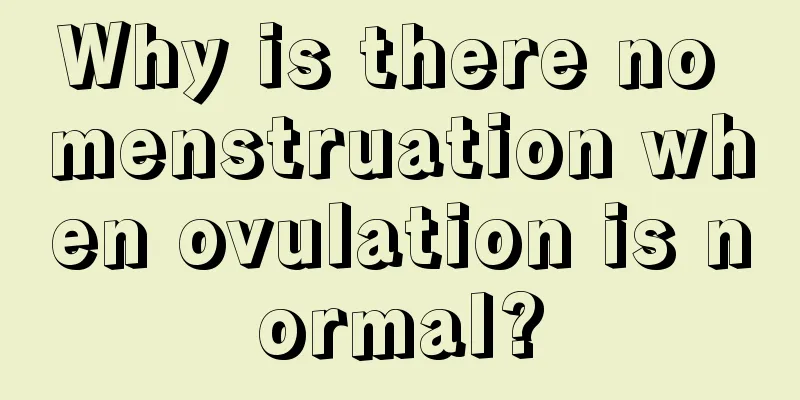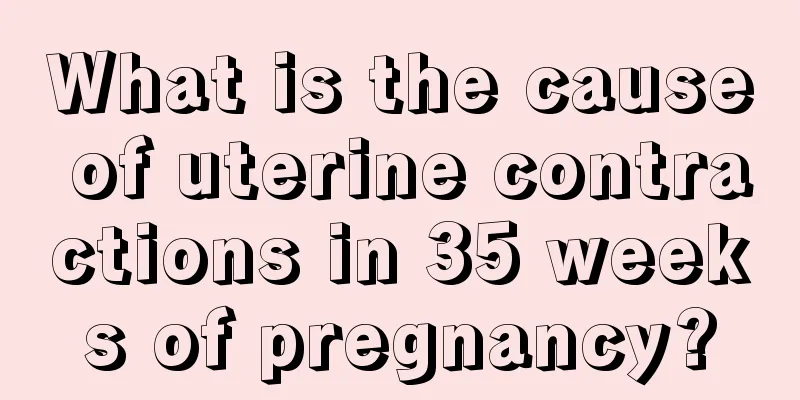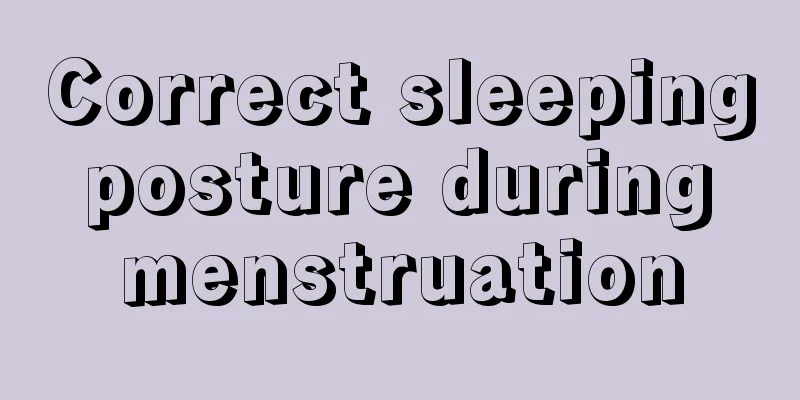Is the menstrual period in the follicular phase or the luteal phase?

|
Menstruation is a normal physiological phenomenon for women and usually lasts about a week. In addition to the menstrual period, the follicular phase and the luteal phase are artificially divided special periods for women. Many women do not understand the follicular phase and luteal phase very well and think that menstruation is just one of those phases. So, does the menstrual period belong to the follicular phase or the luteal phase? Let’s take a look below. The menstrual period is a single phase, which does not belong to the follicular phase or the luteal phase. The menstrual period, the follicular phase and the luteal phase are three different periods in the female body. The examination results during these three periods are also different, and the body will have different changes. From the second day of menstruation, it belongs to the menstrual period, which does not belong to the follicular phase or the luteal phase. If the examination is done on the third day of menstruation, the reference value of the follicular phase can be compared with it. The menstrual period is actually very easy to understand. The menstrual period actually refers to the days when menstruation comes. Because there is no pregnancy, the secretion of estrogen and progesterone in the ovaries will decrease under the regulation of the pituitary gland, and the blood supply arterioles of the endometrium will also undergo corresponding spasm and contraction, followed by rupture, endometrial necrosis, ischemia and shedding. This is the manifestation of menstruation. Generally, the skin will get better at this time. Some women do not know much about the follicular phase. The follicular phase is different from the menstrual period. However, the follicular phase comes after the menstrual period and lasts for eight to ten days, starting just after the menstruation ends. With the production of estrogen in the ovaries, the follicles will slowly develop and mature. High levels of estrogen will cause the endometrium to proliferate, which is very helpful for the implantation of the fertilized egg. Finally, the luteal phase is different from the menstrual period and the follicular phase. The luteal phase occurs after ovulation. After ovulation, estrogen will decrease, but the corpus luteum will secrete more, so progesterone will also be more, making the endometrium rich in nutrition, thereby further thickening it and providing good conditions for pregnancy. |
<<: Standard size of gestational sac after 28 days of transplantation
>>: The size of the gestational sac at 40 days determines the gender of the baby
Recommend
Can a pregnant woman breastfeed while lying down?
We know that during breastfeeding, the baby's...
Is it okay to have sex the next day after an abortion?
Abortion is the most painful event for women. It ...
What is the purpose of a silicone baking mat? What is the difference between baking and roasting?
In most countries in the world, baked goods occup...
The consequences of cervical erosion surgery are so scary!
If a woman's cervical erosion is severe, the ...
Uterine diverticulum has given birth to three children
If a small gap suddenly appears in the middle of ...
[2023 "China Science Popularization Youth Star Creation Competition"] Don't let your pillow ruin you, protect your cervical spine scientifically and reasonably!
The winning works of the 2023 "China Science...
How to check the cervix
The cervix is an important organ for women. Thi...
Seize the golden season for growth and help your children grow up!
Spring is coming Everything is revived and full o...
Taboos of the empty month
What does it mean to have an empty confinement pe...
The myopia rate among children is getting higher and higher. How can we maintain the prevention and control line?
《Cotton Swab Medical Science Popularization》 Song...
12 pictures to explain the O2O model
The concept of O2O was first proposed by TrialPay...
How to distinguish menstruation after childbirth
Many women who have just given birth cannot accur...
Stanford’s latest research: Be careful of “cliff-like aging” at 44 and 60 years old!
The original meaning of "衰" refers to a...
Do I need to fast for the 34-week prenatal checkup?
When a woman is 34 weeks pregnant, her belly is a...
What should women do if they have athlete’s foot during pregnancy?
Athlete's foot is a symptom that everyone hat...









